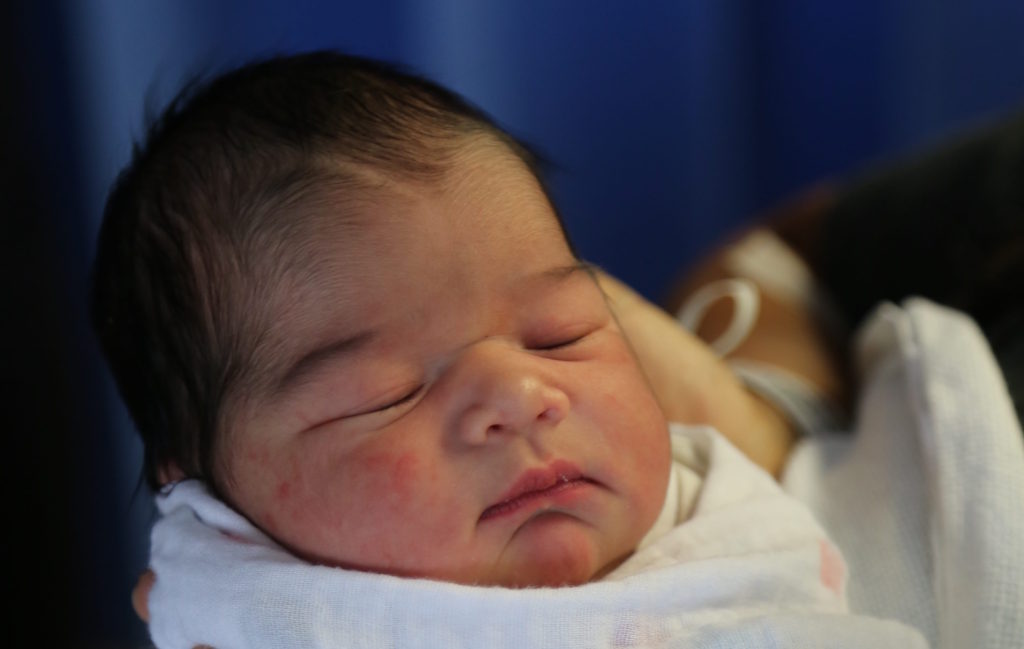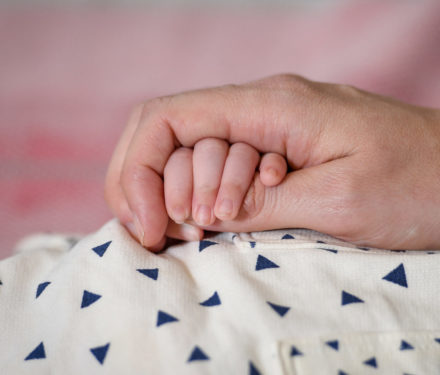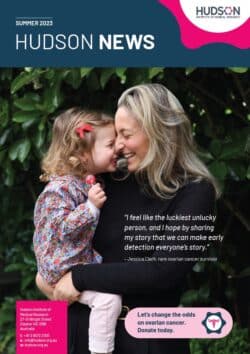‘40 weeks’: Rethinking pregnancy length could help prevent stillbirth
A mother’s ethnicity could influence gestational age her baby is born to help prevent stillbirth.
New research from Hudson Institute of Medical Research and Monash University is rapidly changing the way women of different ethnic backgrounds and countries of origin are monitored in the final weeks of their pregnancy to better prevent stillbirth.
The retrospective cohort study of almost 700,000 births and stillbirths in Victoria between 2000-2011 found pregnant women born in South Asian countries, such as India, Sri Lanka or Afghanistan, were at an increased risk of having a stillbirth in late-term pregnancy.
The study also suggests that the universal definition of a ‘term birth’ as 40 weeks’ gestation may differ based on maternal ethnicity, and that an overhaul of clinical guidelines is needed.
“These findings could completely change how we define what a ‘term’ and ‘post-term’ birth is in clinical care, based on a mother’s country of origin,” Dr Miranda Davies-Tuck, lead author and a research fellow in The Ritchie Centre at Hudson Institute says.
Findings from the study of births and stillbirths in Victorian hospitals 2000-2011.
The overall stillbirth rate for South Asian born mothers was 5.1 per 1000 births, compared to 3.3 stillbirths for Australian and New Zealand born mothers.
The stillbirth rate was also higher in African and Middle Eastern born mothers (4.4 per 1000 births), and lower in South East Asian mothers (2.4 in 1000 births).
South Asian born mothers were 27 per cent more likely to experience stillbirth than Australian born mothers.
Women born in South Asia, the Middle East and Africa were more likely to have a late-term stillbirth (after 37 weeks’ gestation) than women born in Australia, New Zealand, Europe or South East Asia.
The epidemiological study, co-authored by Professor Euan Wallace of Monash Women’s and Monash University Research Fellow, Dr Mary-Ann Davey, and funded by the Stillbirth Foundation, has been published in the journal, PLOS One.
New clinical guidelines

The findings have prompted a trial of new ethnic-specific clinical guidelines at Monash Women’s to better monitor women during pregnancy to reduce the rates of stillbirth. Funding for this research has been announced by Red Nose, ahead of Red Nose Day on Friday (June 30).
“Current clinical care guidelines suggest all women should either undergo fetal surveillance or have the option of having their labours induced at 41 weeks’ gestation to prevent stillbirth,” Dr Davies-Tuck explained.
“For South Asian and African born women, 41 weeks may be too late, and we may need to set the placental ‘alarm clock’ earlier, for example at 39 weeks gestation, to help prevent stillbirth in these women.”
“Our new guideline is an example of how we are tailoring our care during pregnancy and birth to improve outcomes for women and their babies,” Dr Ryan Hodges, Interim Director of Women’s and Newborn Program at Monash Health, said.
Placenta may age differently across ethnic groups
The study analysed routinely reported data from singleton births and stillbirths in Victorian hospitals between 2000-2011.
The average natural onset of labour occurred earlier in South Asian born women, at 39 weeks, compared to 40 weeks for Australian or New Zealand born women, suggesting the time when a placenta can no longer sustain a fetus may differ across ethnicities.
Dr Davies-Tuck says the data suggests the placenta may ‘age’ more rapidly in certain ethnic groups such as women born in South Asia leading to not only an increased risk of stillbirth in the term period overall, but an increased risk at earlier gestations not previously considered.
“Currently, a mother’s country of birth is considered a risk factor for stillbirth, but only in the context of migration and socioeconomic factors. This study confirms a mother’s country of origin or ethnicity is an independent risk factor for stillbirth,” she said.
Urgent need to reduce the rate of stillbirth
Dr Davies-Tuck says there is an urgent need to reduce the rate of stillbirth in Australia, which has not improved in the last two decades, despite improvements in medical care. According to the most recent Lancet stillbirth series, Australia ranks 15 among high-income countries.
“In Australia, six babies are stillborn every day. There is an urgent need to identify new strategies to reduce the rate of stillbirth, for families and their babies.
“It is vital that we identify which mothers are most at risk of stillbirth, and when. Our study may lead to changes in clinical practice that reduce the rates of late-term stillbirth,” Dr Davies-Tuck said.
The research study was supported by Stillbirth Foundation Australia. Research into the new clinical guidelines is being funded by Red Nose.
This study was granted ethical approval by the Monash University Human Research Ethics Committee. The Consultative Council on Obstetric and Paediatric Mortality and Morbidity (CCOPMM) approved access to and analysis of the data from the State Government’s Victorian Perinatal Data Collection from 2000-2011.
Contact us
Hudson Institute communications
t: + 61 3 8572 2697
e: communications@hudson.org.au




